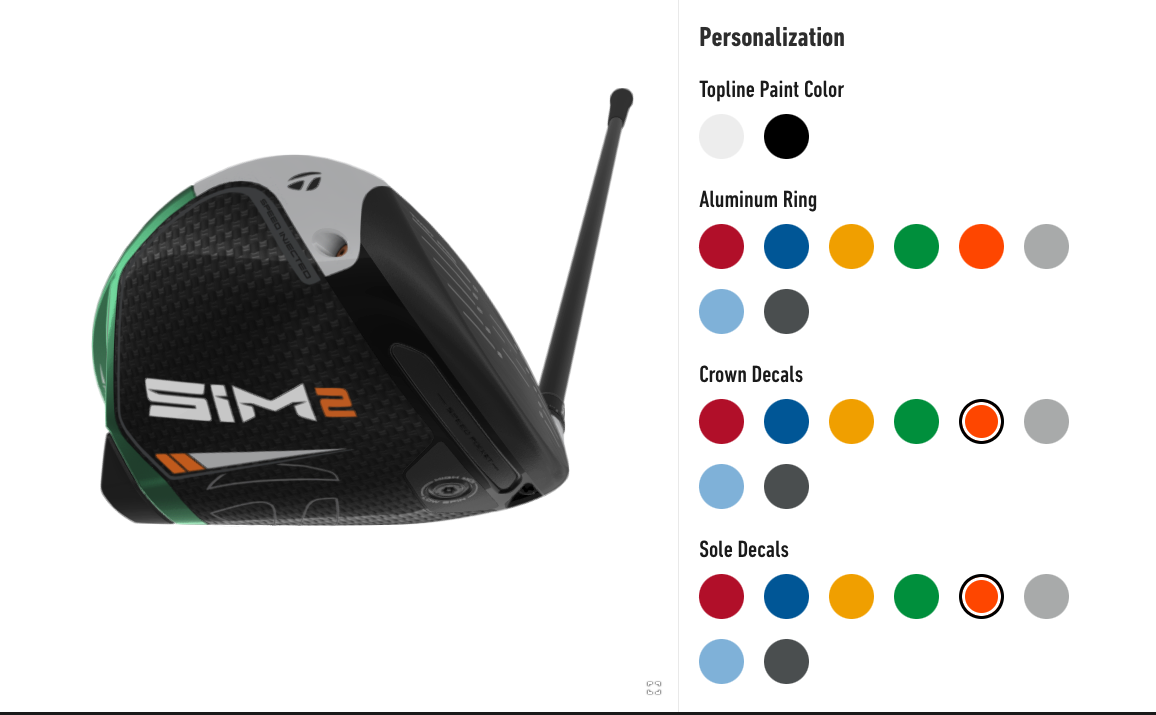Maximize Engagement with Website Personalization Tools
Ever wondered how the world’s most successful websites manage to deliver such engaging and personalized experiences to their users? The secret lies in powerful website personalization tools.
These tools help businesses understand their customers, tailor their content, and create ecommerce product discovery that keep people coming back for more.
Key Takeaways
- Website personalization significantly increases user engagement and drives conversions.
- Choosing the right personalization tool depends on the specific needs and priorities of your website.
- Effective implementation of personalization tools involves data collection, user segmentation, and delivering tailored content.
- Personalized recommendations are crucial for enhancing user experience and retention.
- Future trends in website personalization include the growing impact of AI and machine learning.
 Understanding the Importance of Website Personalization Tools
Understanding the Importance of Website Personalization Tools
Website personalization tools are essential for creating engaging and tailored user experiences. These tools enable businesses to understand their customers better and deliver content that resonates with individual preferences and behaviors. By leveraging these tools, companies can significantly enhance user engagement and drive conversions.
Understanding how other businesses have successfully implemented these tools can provide valuable insights. For instance, Coleman Parkes Research surveyed 900 IT and business decision-makers about their plans for site search personalization in 2023 and found significant improvements in user engagement and conversion rates after integrating a top-tier personalization tool.
Features to Look For
When selecting a website personalization tool, it's crucial to consider the features that will best serve your business needs.
Key features to look for include:
- Real-time data processing
- User segmentation
- A/B testing capabilities
- Integration with existing systems
- Customization options
Implementing the right personalization tool can transform your website into a dynamic, user-centric platform that drives engagement and boosts conversions.
How to Implement Website Personalization Tools Effectively
Steps for Successful Integration
Implementing website personalization tools requires a strategic approach. Begin by segmenting your audience into distinct groups based on shared characteristics like demographics, interests, or geographical location. This segmentation allows for more targeted and relevant personalization efforts.
Next, personalize your content and design to cater to these specific segments. Use dynamic content, tailored recommendations, and exclusive offers to create unique experiences for each user group.
Finally, leverage technology and data to continuously refine and improve your personalization strategies.
Common Challenges and Solutions
While implementing website personalization tools, you may encounter several challenges. One common issue is data privacy concerns. Ensure you comply with all relevant regulations and clearly communicate your data collection practices to users.
Another challenge is integrating personalization tools with your existing systems. To address this, choose tools that offer seamless integration and robust support. Additionally, continuously monitor and analyze the performance of your personalization efforts to identify and resolve any issues promptly.
Best Practices for Maximizing Impact
To maximize the impact of your website personalization efforts, follow these best practices:
- Start with clear goals. Define what you want to achieve with personalization, such as increased engagement or higher conversion rates.
- Test and optimize. Regularly test different personalization strategies and optimize based on performance data.
- Focus on user experience. Ensure that your personalization efforts enhance the user experience rather than detract from it.
- Stay updated. Keep up with the latest trends and advancements in personalization technology to stay ahead of the competition.
Effective website personalization requires careful planning, continuous monitoring, and a commitment to enhancing the user experience.
The Future of Website Personalization Tools
Emerging Trends
As we look ahead, several emerging trends are set to shape the future of website personalization tools. One significant trend is the increasing use of artificial intelligence (AI) and machine learning to deliver more accurate and dynamic personalization. Additionally, there is a growing emphasis on privacy and data security, ensuring that personalization efforts comply with regulations and build trust with users.
The Impact of AI and Machine Learning
AI and machine learning are revolutionizing website personalization by enabling real-time data analysis and predictive modeling. These technologies allow businesses to understand user behavior better and deliver highly relevant content.
For instance, recommendation engines powered by AI can suggest products or content that users are most likely to engage with, enhancing the overall user experience. Tools like ThreekitGPT can provide powerful, near-human levels of product support and assistance to shoppers. Combined with product configuration capabilities, these tools can function as guided buying assistants.
Personalized Recommendations: The Key to Effective Personalization
Types of Personalized Recommendations
Personalized recommendations can take various forms, such as product suggestions, content recommendations, and exclusive offers. By analyzing user behavior and purchase history, you can tailor these recommendations to each individual user. This not only enhances the user experience but also boosts engagement and sales.
Implementing Recommendation Engines
To implement recommendation engines effectively, you need to integrate them with your website's existing infrastructure. This involves collecting and analyzing data on user behavior, preferences, and past interactions. Once the data is gathered, the recommendation engine can generate personalized suggestions in real-time, whether on the homepage, through personalized emails, or via pop-up notifications.
Measuring the Success of Recommendations
Measuring the success of personalized recommendations is crucial for understanding their impact. Key metrics to track include click-through rates, conversion rates, and customer retention. By continuously monitoring these metrics, you can refine your recommendation strategies to maximize their effectiveness.
Personalized recommendations are a powerful tool for improving customer engagement and customer retention. When users see content that is relevant to them, they are more likely to stay on your site and make a purchase.

Leveraging Data Collection and Analysis
Analyzing User Behavior
Customer data analysis is a vital part of successful personalization strategies. By collecting, organizing, and analyzing customer data, you can gain a better understanding of their behavior and preferences. This information can then be used to create more tailored and relevant experiences for your customers, ultimately leading to greater customer satisfaction and higher sales.
Utilizing Data for Personalization Strategies
By tailoring your content and offerings to individual customers' needs, preferences, and particularly their in-app behavior, you significantly improve customer engagement and drive conversions.
Collecting and analyzing user data is crucial for effective website personalization. By understanding users' needs and interests, you can tailor their website experiences to create a more engaging and satisfying user experience. This can lead to higher conversion rates, increased customer loyalty, and ultimately, greater business success.
Conclusion
By leveraging powerful personalization tools, businesses can significantly enhance user engagement, drive conversions, and build lasting customer relationships. Tailoring content and experiences to individual user preferences not only sets a brand apart from its competitors but also fosters loyalty and long-term growth. Embrace personalization with Threekit, and unlock your website's true potential.


